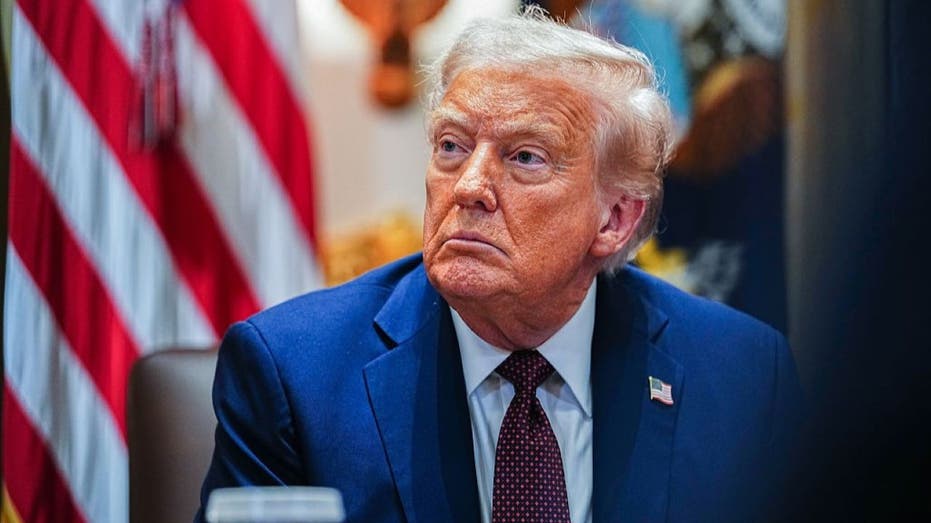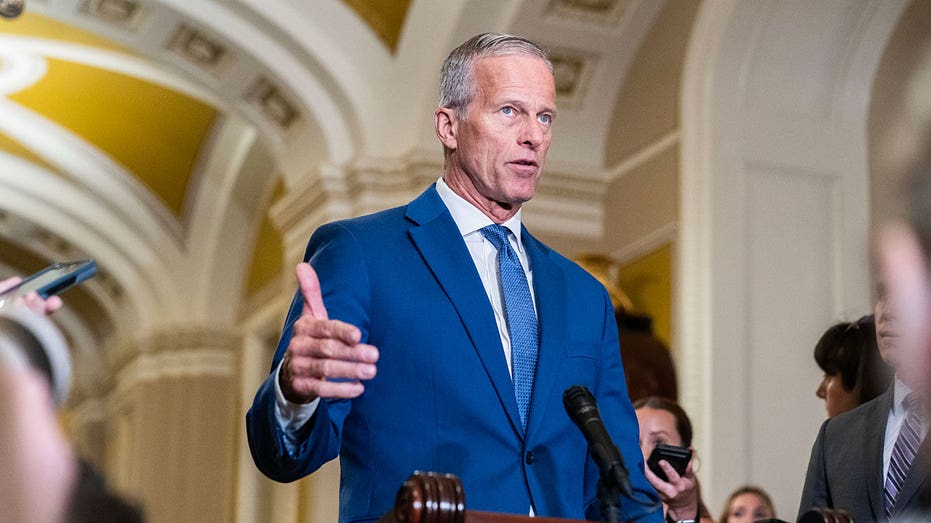President Donald Trump arrived at Yankee Stadium on Thursday and spoke to the New York Yankees ahead of their 9/11 anniversary game against the Detroit Tigers.
Trump landed in New York shortly after 6 p.m., and a couple of hours earlier, Yankees manager Aaron Boone said Trump was meeting with the team in the clubhouse before the game.
"Had the honor and fortune of some presidents over the years, first pitches or whatever it may be. So the fact that he’s gonna be here, I’m excited to be a part of. I don’t know what it’ll be like, but to interact with him for a few minutes, something I’m looking forward to," Boone said.
Thursday marked the first time Trump attended a Major League Baseball game since the 2021 World Series between the Houston Astros and Atlanta Braves after his presidential term. Prior to Thursday, his last game as a sitting president was in the 2019 World Series between the Astros and Washington Nationals.
Trump announced earlier this month that he would attend the game. The Yankees announced it on Wednesday and urged fans to arrive early and take public transportation. Gates opened at 4 p.m. ET, 90 minutes earlier than normal.
Prior to Trump's arrival, the Yankees scoreboard showed highlights of the 2001 World Series between the Yankees and Arizona Diamondbacks. The Diamondbacks won the series in seven games, but the Yankees' victories in Games 4 and 5 both ended in dramatic walk-offs, less than two months after the Sept. 11 attacks.
Already guaranteed to have a heightened presence, in the wake of Charlie Kirk's assassination, security was boosted throughout the ballpark with the Secret Service and sniffer dogs outside the gates.
Boone, Gerrit Cole, and Carlos Rodon laid a wreath at the 9/11 monument in Monument Park earlier Thursday.
Next season, the Yankees and New York Mets will face off at Yankee Stadium on the 25th anniversary of the attacks. They played at Citi Field on Sept. 11, 2021.
This is a breaking news story. Check back for updates.



